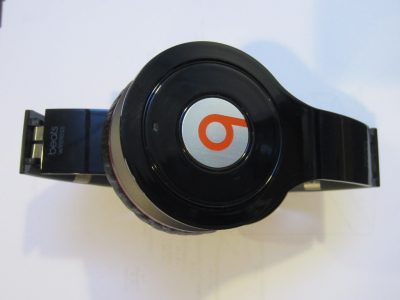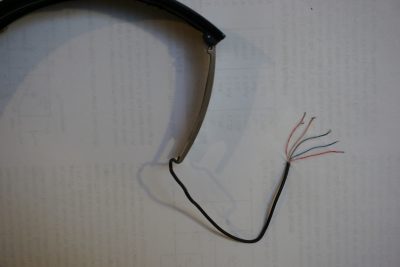I got this broken Beats Solo2 BT wireless headphone from one of my colleagues. In fact, it was broken once before around two years ago and I fixed it for him back then. The issue was because of a broken signal wire due to repeated flexing of the collapsible headphone band. This time around though, I am not going to fix it although I suspect that the cause remains the same. In fact, quite a few of my friends with the same Beats headphones had experienced similar problems. So I wanted to take it apart and take a closer look inside. A video of this teardown can be found towards the end of this post.
While the appearance of this Beats headphone looks great, it’s construction feels lacking a bit especially considering its $200+ price point. Here are a couple of pictures after the ear pad and the transducer compartment are removed:
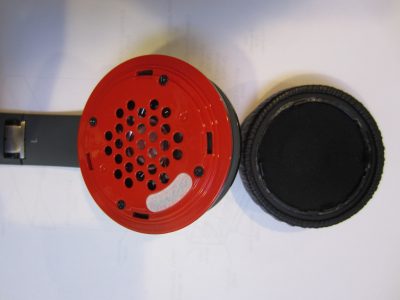
|
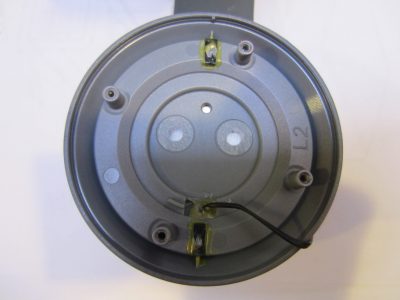
|
The culprit of this failure is the wire connecting the left side of the headphone with the right side. Because there are circuit boards on both sides of the headphone, five individual thin signal wires are used for connecting both sides. And since the wires are very thin and there is no dedicated stress relieves on the wires, the extending and collapsing of the headband over time put excessive stress on the wires and causes some to snap.
Had the designer put all the circuitry on a single side of the earphone, this failure mode could have been totally prevented as there would only be two wires going across to drive the other channel and even if the wire connection breaks loose the headphone would still be semi-operational, with just one channel working instead of being totally dead. Also, the wires can be made much thicker as only two are needed instead of five. This would further strengthen the connection. The down side of this approach is that the component side of the earphone would be slightly heavier, but this could be easily balanced out.
Here are a couple of pictures of the transducer. These are not magnetically shielded.
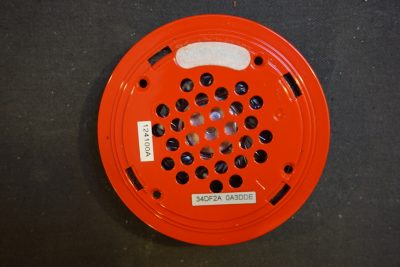
|
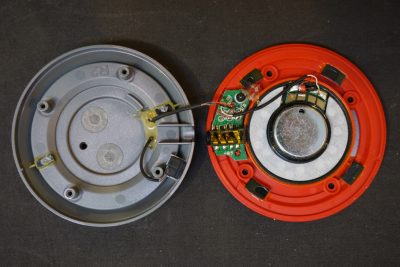
|
The bluetooth transmitter is housed in one side and the other side is for the battery. The headphones would have to be designed a bit larger in order to put the battery and the main circuitry in one side, but this is definitely doable.
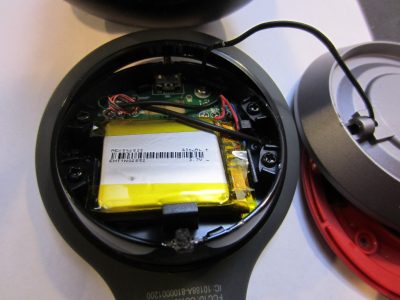
|
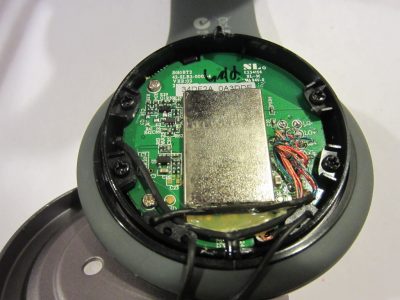
|
The bluetooth transmitter used is an off-the-shelf module. The main chip is a CSR 576E with a Spansion 16 Mb flash memory chip (AL016J). The headphone driver is a PAM8908 high fidelity stereo driver.
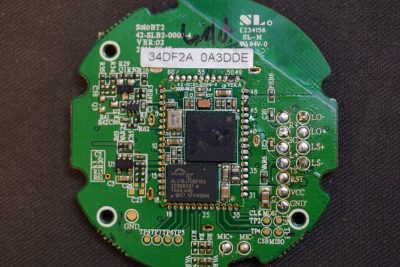
|
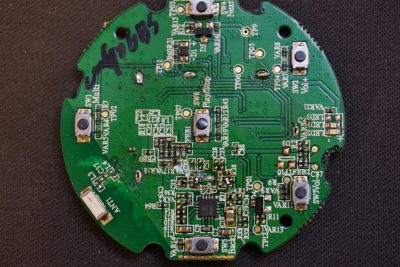
|
The LiPo battery charging chip used is a TI BQ24071.
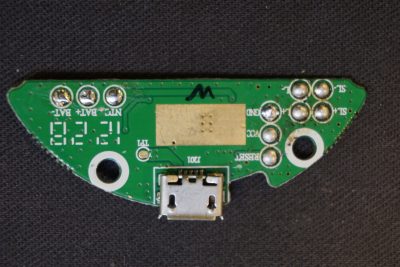
|
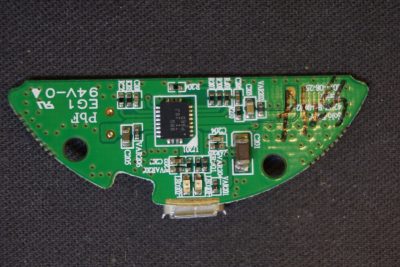
|
For those who want to watch the video of this teardown, you can check it out here:
